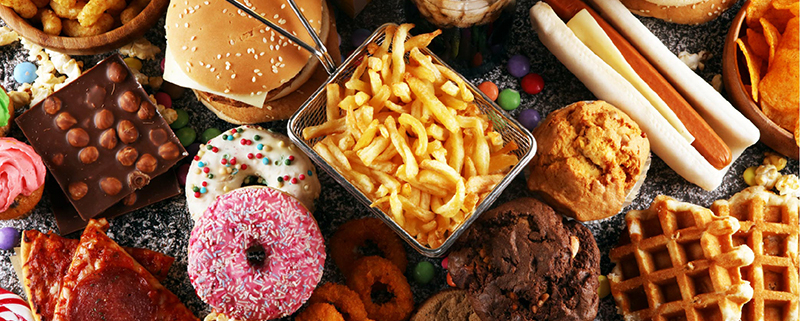Food Effect on Pharmacokinetics
Physiological Impact of Food
Food can impact the absorption of drugs, and alter the bioavailability by impacting the rate and extent of absorption. The physiological impact of meals can result in:
Delayed gastric emptying
Stimulation of bile flow
Changes in gastrointestinal pH
Increased splanchnic blood flow
Changes in luminal metabolism of a drug substance
Physical or chemical interactions with a dosage form or a drug substance
Why Conduct Food Effect Studies?
In some cases, absorption of the investigational drug is facilitated by administration with food. This may lead to enhanced efficacy or increased adverse effects. We need to conduct food effect studies to understand whether the we should advise the patients to take the drug with a meal, under fasted conditions or regardless of meals in order to optimize efficacy and minimize safety risks.
During early Phase 1 development in single ascending and multiple ascending dose MAD studies, oral drugs are typically administered under fasting conditions as the impact of food is not know, however, this can be a cumbersome requirement for Phase 2 and 3 studies or even Phase 1 multiple dose studies if fasted conditions are not needed. Therefore many sponsor pharmaceutical companies like to conduct a food effect early during their SAD and MAD studies to inform the need for fasted or fed conditions in future studies.
In clinical practice some drugs will need to be crushed or dispersed on soft foods or liquids for administration, this is often the case in those with difficulty swallowing, elderly or young patients. Commonly apple sauce is a vehicle used for administering crushed medications, however other soft foods may also be evaluated as there is a potential physical interaction that can occur with the drug and the soft food media. Additionally drugs that are intended for use in babies may need to be administered in breast milk or formula and the potential interactions with milk may also need to be evaluated.
Study Design
The FDA guidance for industry specifies that the study have a randomized, balanced, single-dose, two-treatment (i.e., fed versus 10 hours fasted), two-period, crossover design. There should be a sufficient washout period between the treatment groups of a recommended five elimination half-lives. An adequate number of subjects based on the pharmacokinetic variability of the drug should be included in the study in order to sufficiently characterize the effect of food on the PK of the drug. However, 12 subjects should be enrolled in each treatment arm at a minimum.
Food Effect Waivers
For drugs in Biopharmaceutical Classification 1 (BCS class 1) that have high solubility, high permeability and high bioavailability (≥85%), requirements for a food effect study may be waived by the FDA.
Data Analysis
Similarly to a bioequivalence study, food effect studies are conducted in healthy volunteers and usually in a cross-over manner. Cmax, Tmax and AUCinf parameters are measured under fed conditions and compared to exposure under fasted conditions. A bioequivalence approach can be taken to evaluate the impact of food on pharmacokinetics and should be placed in clinical context.
Our Expertise
Study design and selection of pharmacokinetic concentration timepoints to be taken during a food effect study are critical factors to provide meaningful conclusions on the impact of food on pharmacokinetics. Our team has extensive experience with study design, analysis and reporting of food effect on pharmacokinetics. Reach out to us to discuss your needs





